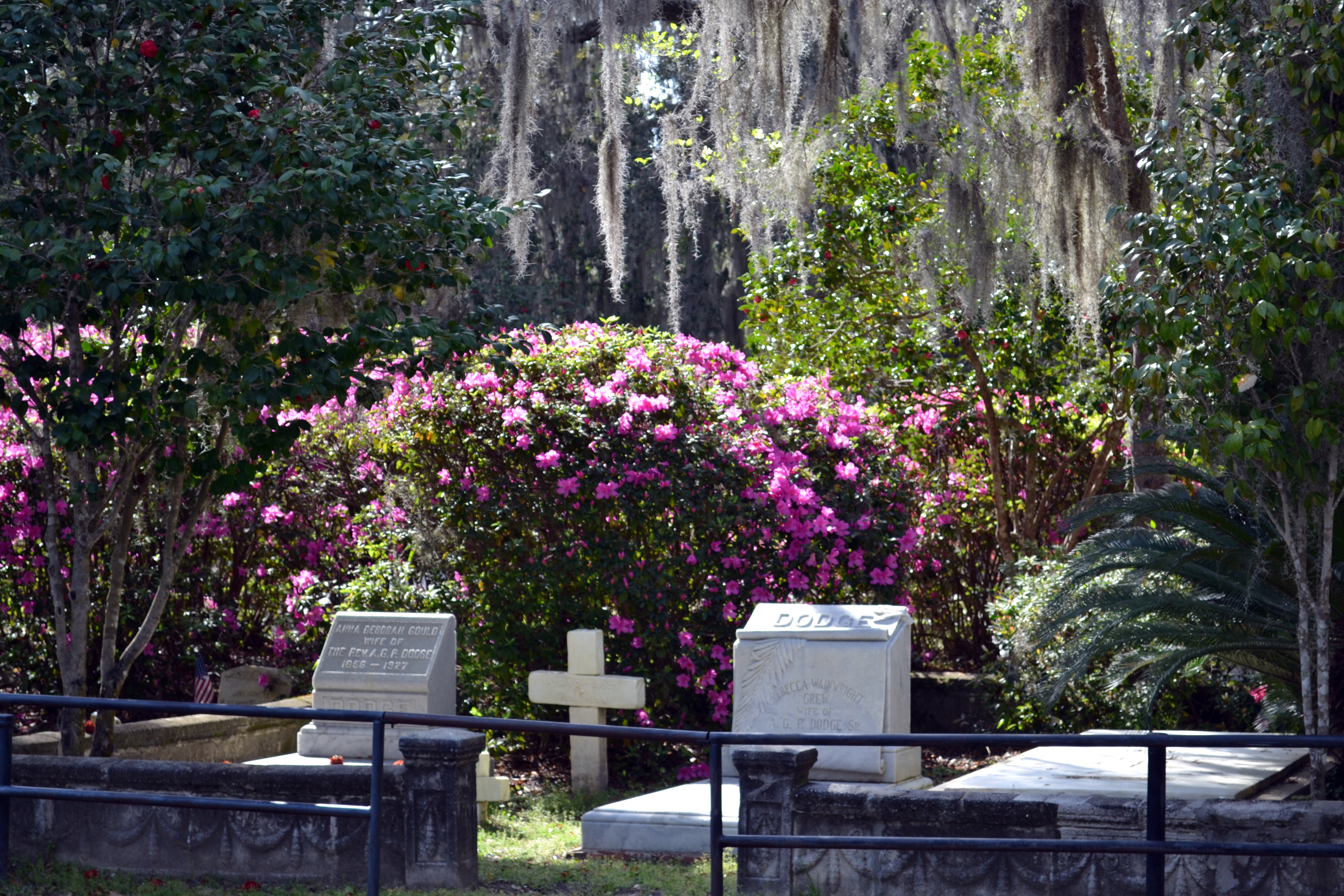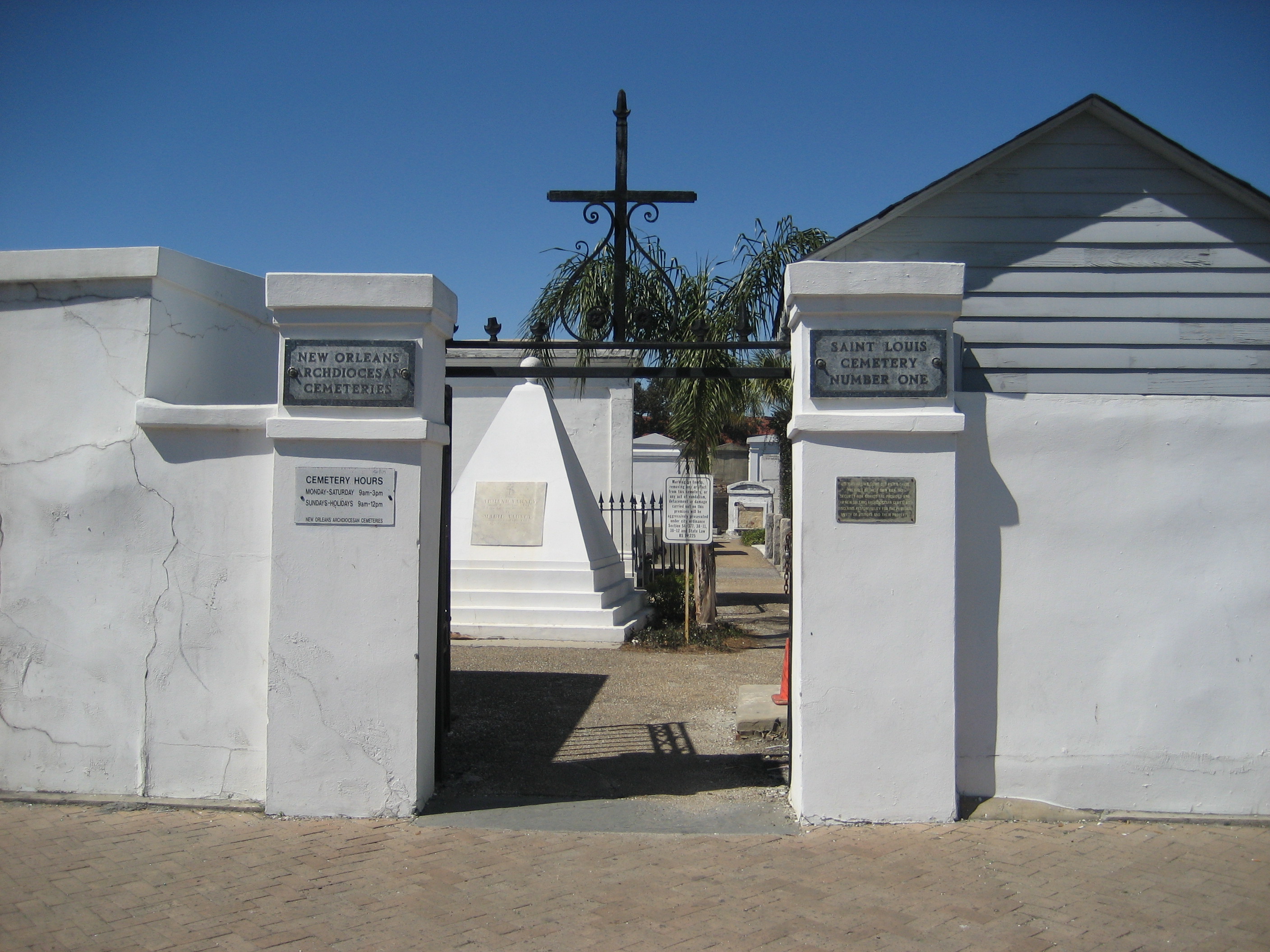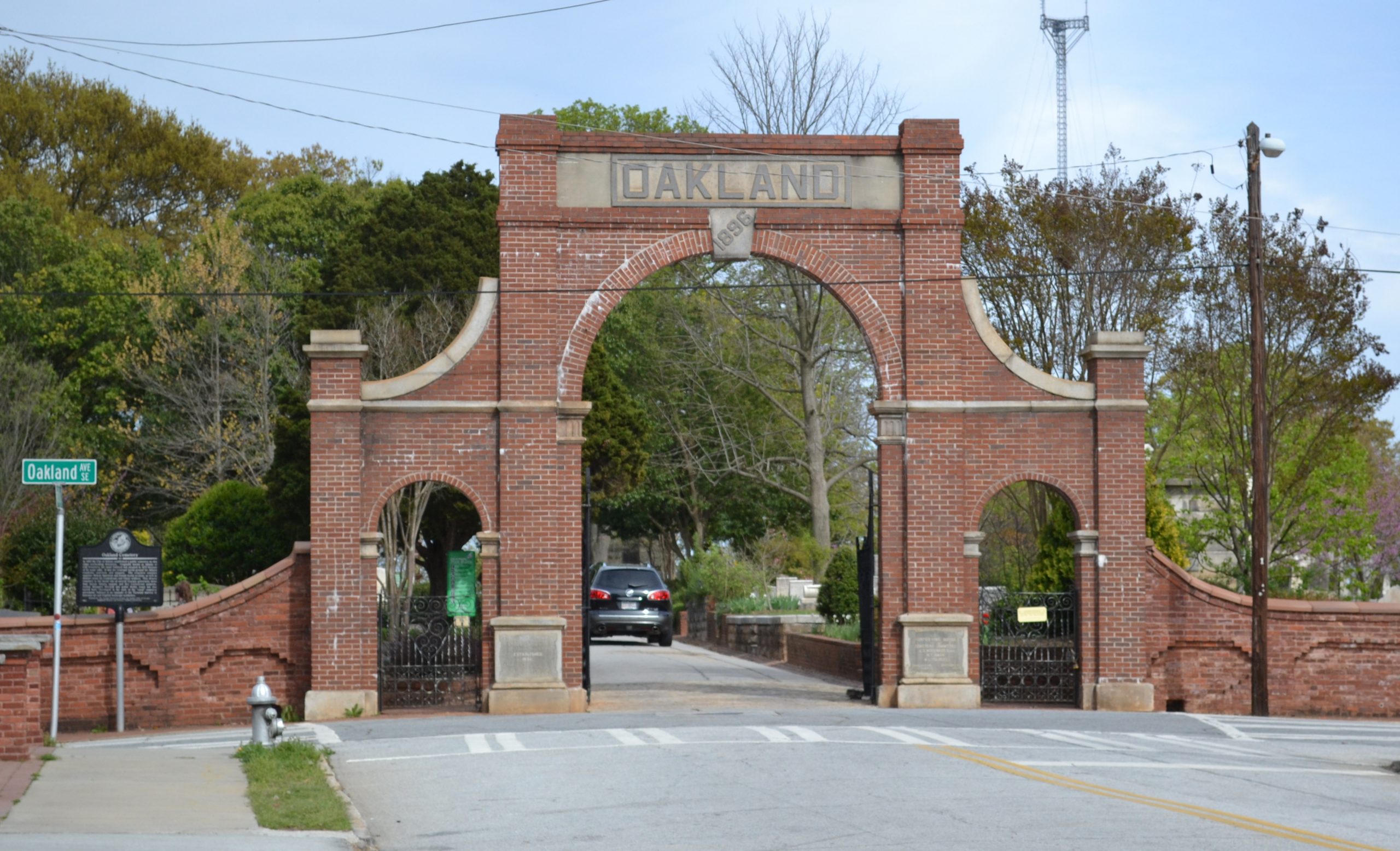After Oglethorpe’s establishment of the first four wards Reynolds and Anson Wards were created to expand the city. The ward was laid out in 1734, just a year following the city’s founding. It did not acquire its current name until the 1750s, when it was named in honor of John Reynolds (c. 1713 – 1788), the fifth Royal Governor of the Province of Georgia.
Until its destruction by fire just prior to 1850, the northeast Trust Lot was occupied by a filature house, once useful in silk making, one of the industries that Oglethorpe hoped would make Georgia unique among colonies. This structure was the first large building built in the colony and the long rooms were needed for unwinding the filament of the cocoons of silkworms to weave into silk cloth. The silk industry did not survive for long in the nascent colony. Eventually, the building was frequently used for meetings, and in 1791, George Washington was fêted here.

A large bronze statue of John Wesley memorializes the founder of Methodism, who was asked by Oglethorpe to minister to the local citizenry between 1735 and 1737 and had a home within the ward.
Sources
- Fertig, Barbara C. City of Savannah Tour Guide Manual: Manual for the Instruction and Licensing of Tour Guide in the City of Savannah. Savannah, GA: Tourism and Film Services, City of Savannah, 2006.
- John Wesley. Wikipedia, the Free Encyclopedia. Accessed 28 September 2025.
- Reynolds Square (Savannah, Georgia). Wikipedia, the Free Encyclopedia. Accessed 28 September 2025.
Haunted locations
Olde Pink House (23 Abercorn Street) – The light pink colonial home fronting Reynolds Square is the former mansion of the Habersham family. A restaurant since 1968, this home has been serving up top-notch food and spirits (both the alcoholic type and the spiritual type) since that date. A number of ghosts are known to be in residence here, including James Habersham, who may be the spirit a bartender followed one night to Colonial Park Cemetery. See my post on this incident here.
Planters Inn (29 Abercorn Street) – According to James Caskey, this hotel is haunted by a female spirit who casually straightens pictures on the wall then disappears.
Sources
- Caskey, James. Haunted Savannah: The Official Guidebook to Savannah Haunted History Tour, 2008. Savannah, GA: Bonaventure Books, 2008.
Lucas Theatre for the Arts (32 Abercorn Street) – Opening on the day after Christmas, 1921, the Lucas Theatre was built by Georgia theater impresario, Arthur Lucas, who owned several dozen theaters throughout the state. It was in operation as a theatre until 1976. After it closed, the building was used as a comedy club and a restaurant for a few years. After years of abandonment and decay, it was saved from demolition by local historic preservationists. The building is now a part of the Savannah College of Art and Design.

Ghost stories have been told about the theatre since at least the mid-20th century. According to James Caskey, a story has long been told involving a drive-by shooting in front of the theatre in the late 1920s where a ticket seller was killed. However, no documentation has surfaced regarding this incident. People inside the building have heard a projector running in the projection booth, despite the projector having been removed, while others have heard ghostly applause in the empty theatre.
Sources
- Caskey, James. Haunted Savannah: The Official Guidebook to Savannah Haunted History Tour, 2008. Savannah, GA: Bonaventure Books, 2008.
- Lucas Theatre. Wikipedia, the Free Encyclopedia. Accessed 25 September 2025.
East Bay Inn (225 East Bay Street) – Often businesses shun the haunted spotlight, though in places like Savannah, they may proclaim that they are haunted on their websites. Contained within an Antebellum structure, the East Bay Inn is one of these sorts of places, talking about their ghost “Charlie.” Details on Charlie’s antics are not revealed, however.
Sources
- “Is it One of Savannah’s Haunted Hotels?” com. Accessed 3 September 2025.

Realty Building (24 Drayton Street) – Just beyond Reynolds Square is the city’s tallest building, the Realty Building, built in 1921 (or 1924, sources differ). A legend haunts these premises that may just be folklore told to scare maintenance employees. The story begins on the evening of Black Tuesday, October 29, 1929, after the stock market crashed. A businessman working on the top floor and having lost everything in the crash, ended it all by jumping out a window. In 1969, a member of the night cleaning crew working on the top floor was startled to see a man emerge from an empty office, walk to a window and jump. After he called the police, no body or evidence of the jumper was discovered.
Sources
- Caskey, James. Haunted Savannah: The Official Guidebook to Savannah Haunted History Tour, 2008. Savannah, GA: Bonaventure Books, 2008.
O’Connell’s Irish Pub (42 Drayton Street) – While so many of Savannah’s haunted sites have been well documented, there are others where the specifics of their ghost stories have not been disclosed. A review of this Irish pub on Tripadvisor notes a ghost tour stopping at the pub to talk about its ghosts, though the particulars are not revealed.
Sources
- Bridget B. “Great Irish Pub. Review of O’Connell’s Irish Pub.” Tripadvisor. March 2017.

Abe’s on Lincoln (17 Lincoln Street) – Occupying the basement of 226 East Bryan Street, Abe’s on Lincoln’s front door faces Lincoln Street, given it a different address. This basement has hosted bars since shortly after the house was built in 1852. This bar is also a stop on a haunted pub tour, though the details of the haunting are unknown.
Sources
- “Most Haunted/Paranormal Restaurant in Savannah?” Reddit. 2021.

Reynolds Square – Local folklore states that this square was used to burn bodies used during one of the many epidemics to strike the city in the 19th century. Perhaps this this reason why photographs taken of John Wesley’s statue in the center of the square are distorted or show orbs that may be paranormal in nature.
Sources
- “Haunted Squares in Savannah.” com. Accessed 3 September 2025.





































